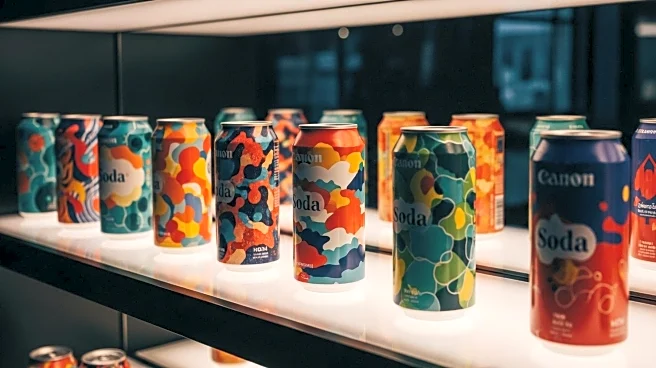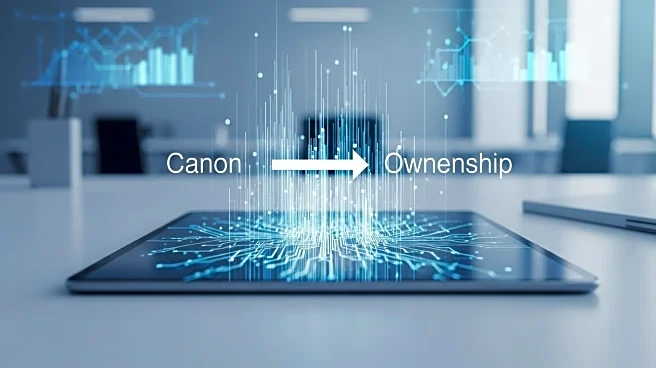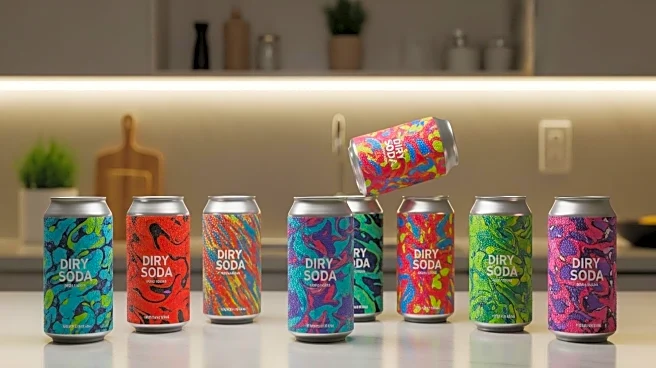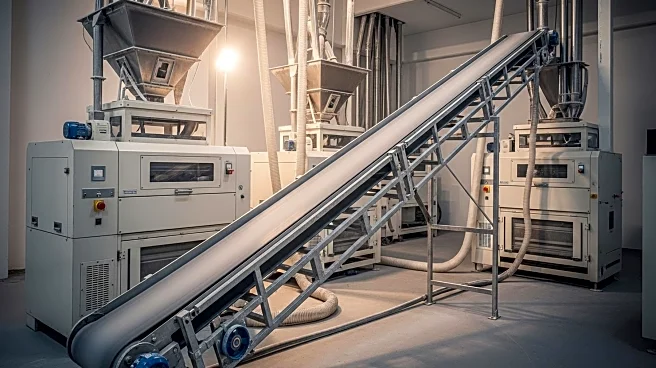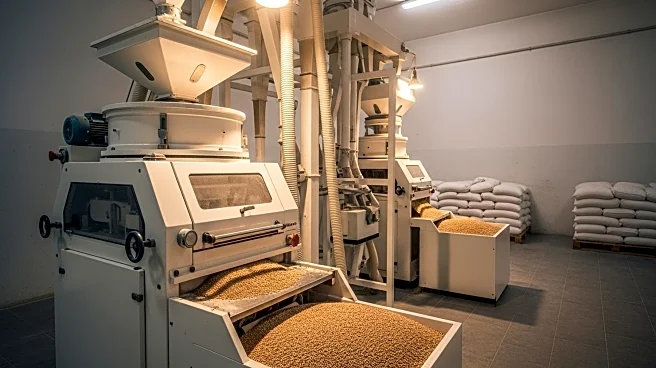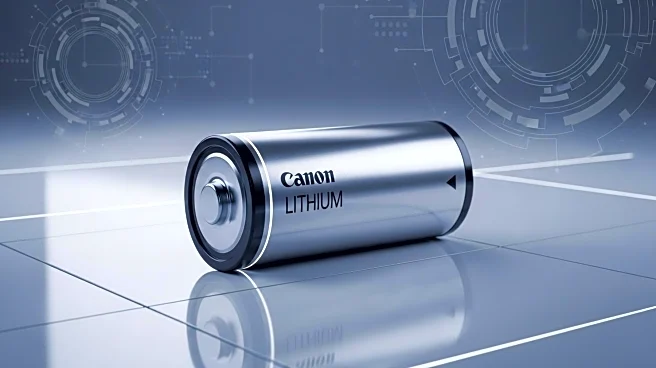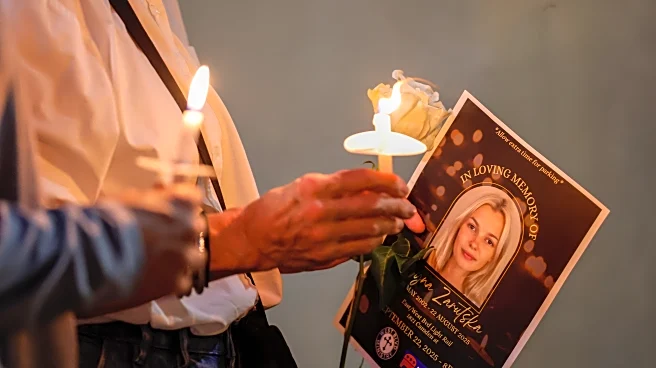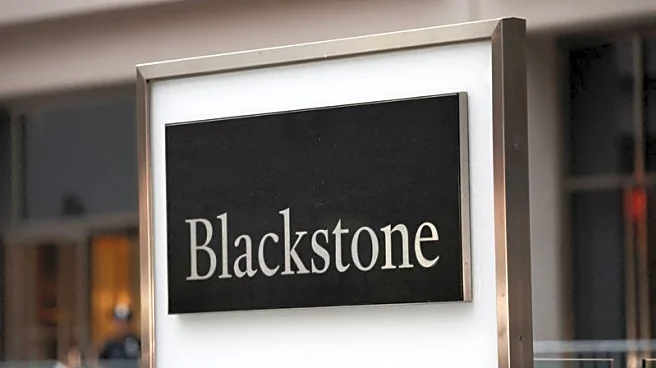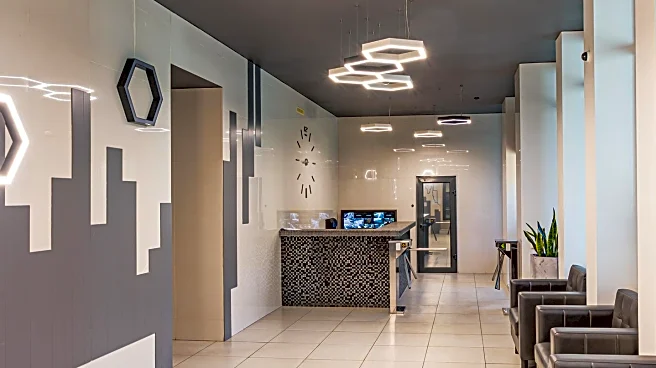What's Happening?
The 'dirty soda' trend, which originated from Utah-based drink chain Swig in 2010, is gaining significant traction across the United States. This beverage innovation involves using soda as a base, enhanced with flavored syrups, cream, or other ingredients. The trend has been popularized through social media platforms like TikTok and reality TV shows, leading to its widespread adoption. Major companies such as PepsiCo and McDonald's are now incorporating dirty soda into their product lines. PepsiCo plans to introduce two new dirty soda-inspired drinks at an upcoming trade show, while McDonald's is testing flavored sodas in select locations. The trend has also been embraced by fast-food chains like Taco Bell, which has offered limited-time menu items featuring dirty soda. Swig, the originator of the trend, has expanded to over 140 locations across 16 states, with its sales continuing to grow.
Why It's Important?
The rise of dirty soda represents a significant shift in the beverage industry, offering a new avenue for growth in a market that has seen declining soda consumption for decades. By introducing innovative and customizable drink options, companies like PepsiCo and McDonald's are tapping into consumer demand for unique and affordable treats. This trend not only revitalizes the soda category but also provides a competitive edge to businesses looking to attract customers seeking novel experiences. The broad appeal of dirty soda, with its lower caffeine content and vibrant presentation, makes it accessible to a wide audience, potentially reversing the long-standing decline in soda sales.
What's Next?
As the dirty soda trend continues to gain momentum, more fast-food chains and beverage companies are likely to explore similar offerings to capitalize on consumer interest. The upcoming introduction of new products by PepsiCo at the National Association of Convenience Stores trade show could set the stage for further innovation in the beverage sector. Additionally, the trend's expansion into various dining establishments suggests that dirty soda may become a staple menu item, prompting further experimentation with flavors and ingredients. The continued popularity of dirty soda could also influence other segments of the food and beverage industry to explore creative and customizable options.
Beyond the Headlines
The dirty soda trend highlights a broader cultural shift towards personalization and experiential consumption in the food and beverage industry. As consumers increasingly seek out unique and customizable products, businesses are challenged to innovate and differentiate themselves in a competitive market. This trend also underscores the influence of social media in shaping consumer preferences and driving market trends. The success of dirty soda may inspire other industries to leverage social media platforms to introduce and popularize new products, further blurring the lines between digital and physical consumer experiences.

